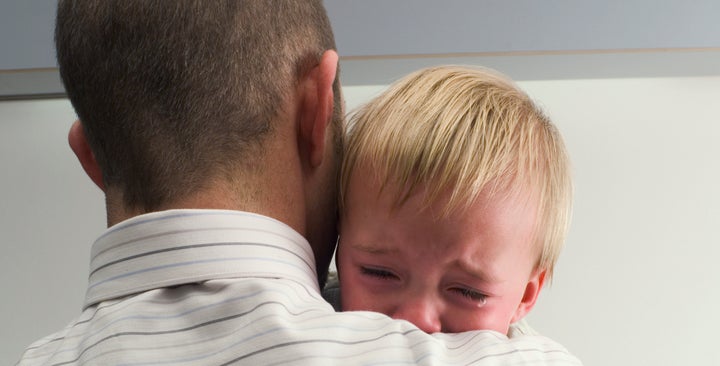
Child care is expensive. It's not just "drinking a latte every day" expensive, but "the landlord just doubled the rent" expensive.
A report recently released from the right-leaning American Enterprise Institute looks at how child care assistance in the United States serves parents who work odd hours and who who are likely to be considered low-income. It turns out that the system fails those parents more than most.
The report finds that "the existing government child care assistance program needs to offer more variety in type of child care, as well as more flexibility for nonstandard schedule workers, especially when the child is older than age one." Toddlers, the study finds, are even less likely than infants to be enrolled in day care when parents are working odd hours.
Just how much does child care cost families? Here's an excerpt from the report:
According to data from the US Census Bureau, average weekly child care costs for families with a child under 5 were $179 in 2011, or $9,236 annually (Laughlin, 2013). Even among families in poverty, child care expenses averaged almost $100 per week in 2011 (for those who had expenses), or $5,160 annually, accounting for 30 percent of their household budget (Laughlin, 2013).
According to the U.S. Census Bureau, families in poverty spend four times more for child care, as a percentage of their income, than the average American family. For some of those poor families, that's because they aren't getting any help, even when they qualify.
There is a government subsidy for child care, for which anyone is eligible if he or she has a kid under 13 (or 19 in certain cases) and qualifies as low income. However, in order to use the subsidy, the child has to be enrolled in a center that accepts government benefits. Most of those day care centers have standard hours and are open from the early morning to mid-evening. (Here is a sample of available centers that take government benefits in Brooklyn.) Day care just isn't an option if a low-income parent has a retail or food-service job that schedules him or her for a shift ending after 6 p.m., or if that job has irregular schedules and makes changes on short notice.
The way the benefit works, states get grant money from the federal government through the Child Care and Development Fund (CCDF), and then portion it out to various providers. Formal providers are more likely to get funding than more informal, flexible arrangements -- say, a neighbor or other family member takes care of a few children while their parents are at work.
The moderately good news is that the government knows this is a blindspot. A memo from Nov. 6 published on the Department of Health and Human Services' website specifically discusses the need for more robust funding for family child care, both for assistance and training.
Of course, a memo doesn't much help those parents who need help today.
